Why does the Royal Family Wear Mourning Jewelry?

Pearls are sometimes called mourning jewelry; They are believed to be an excellent option to symbolize the mourning phase because of their delicate, gentle shine and colorless nature and their connotations with purity.
The custom stretches back to Queen Victoria's reign. Following the death of her husband, Prince Albert, in 1861, Queen Victoria abandoned all colors and wore black for the next 40 years. Her black clothing would be complemented with colorless jewelry like pearls. Pearls were associated with tears in the nineteenth century, and Victoria wore them for the remainder of her life.
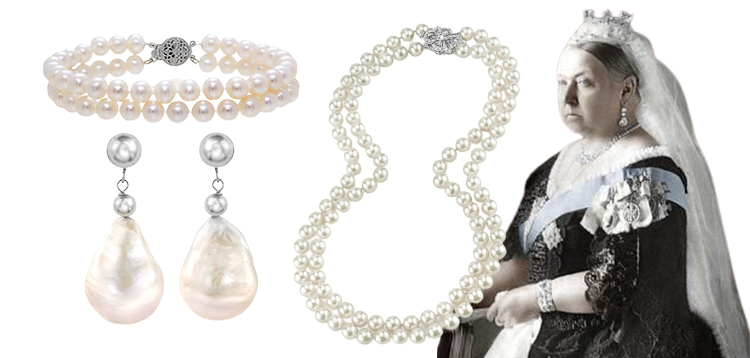
In this guide, I will show you more about mourning and good pearls-wearing etiquettes.
What is Mourning Jewelry?

These are pieces of jewelry that are intended to help preserve the memory of one's loved ones. It is meant to be a tangible connection between the living, and their beloved departed. They come in hairpins, rings, pendants, and more. While they mostly resemble ordinary jewelry pieces, they are distinguished by their unique designs, which usually feature macabre symbols such as skulls. Materials commonly used for mourning jewelry include gold, ivory, and pearl.
Some antique mourning jewelry also carries locks of hair from the deceased. It was thought that hair brought a person's essence and symbolized immortality since hair was widely deemed imperishable.
Origin Of Mourning Jewels

To fully understand this type of jewelry's significance, we must examine the historical context in which it originated.
Mourning Jewelry first emerged in the Victorian era. In those times, the European continent was frequently plagued with typhoid, cholera, and other disease outbreaks resulting in an estimated average life expectancy of around forty years. Moreover, the continent was in a state of almost constant war. The consequence was that death and burials were a constant feature of social life. This led to a heightened awareness of the pain of death and the transience of life. Mourning jewelry helped bring comfort to grieving survivors and aided them in preserving the memories they shared with their deceased loved ones.
Some pieces of mourning jewelry are customized to bear the initials or names of the people they are meant to commemorate. So important were mourning jewelry that people often made provisions in their wills for some pieces of mourning jewelry to be presented to specified friends or relatives after their death.
In the Victorian era, mourners were expected to follow a strict dress code: they were expected to wear black clothes exclusively for at least the first two years after their loved one's passing. These clothes were accessorized by jewelry that featured motifs such as skeletons, angels, clouds, etc.
Modern-day mourning jewels

Today, mourning jewelry has made a comeback and is now used as a sign of mourning and a symbol of rebellion and courage. It is common to find young people spotting rings and necklace pendants with skulls and other symbols of death.
However, no matter what they are worn for, mourning jewelry has maintained its timeless allure and popularity.
Why does the Royal Family wear pearls during mourning?

Members of the British Royal Family are often spotted at funerals wearing dark clothing and pearl accessories. Indeed, the immediate past British Queen Elizabeth was famed for her trademark three-strand pearl necklaces which she wore at funerals and other occasions.
The tradition of associating pearls with mourning outfits stems from Queen Victoria's time, which reigned from 1837 to 1901. She went into deep mourning after losing her husband, Prince Albert, in 1861. She wore only black clothes and pearl accessories for the next forty years until her death in 1901.
Why did she choose pearls? Well, pearls were thought to symbolize tears, and as the Queen wielded a significant degree of influence on the British society of her day, this practice was soon adopted by many other mourners. And so the tradition of wearing pearls at funerals was born.
Here are some examples of pearls worn by British Royalty.
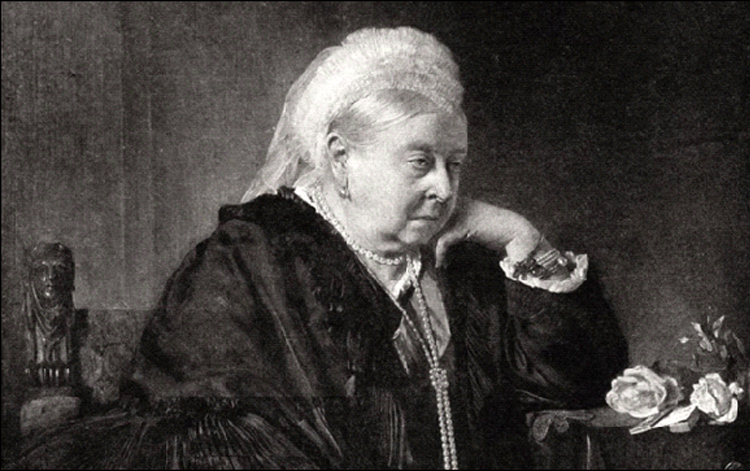
A painting of Queen Victoria, aged 78. Throughout her life, she wore long strands of pearls, supposed to signify tears, as she lamented the death of her husband, Prince Albert.
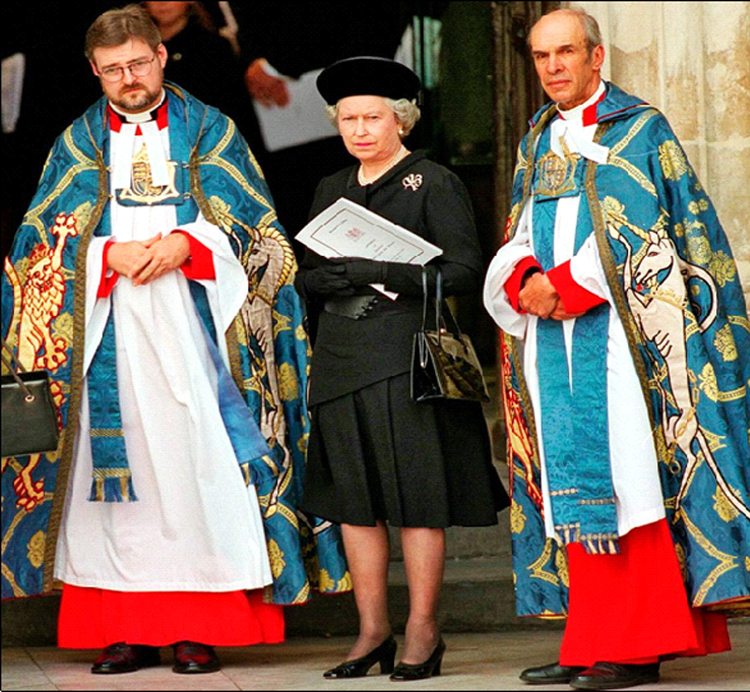
Queen Elizabeth at the burial of Diana, wearing her two-strand pearls. Pearls were worn by the late Queen Elizabeth II herself when she attended the funerals of Princess Margaret, King George VI, the Queen Mother, and Diana, Princess of Wales, and most recently, when she attended the funeral of her husband, Prince Philip, Duke of Edinburgh, in 2021.
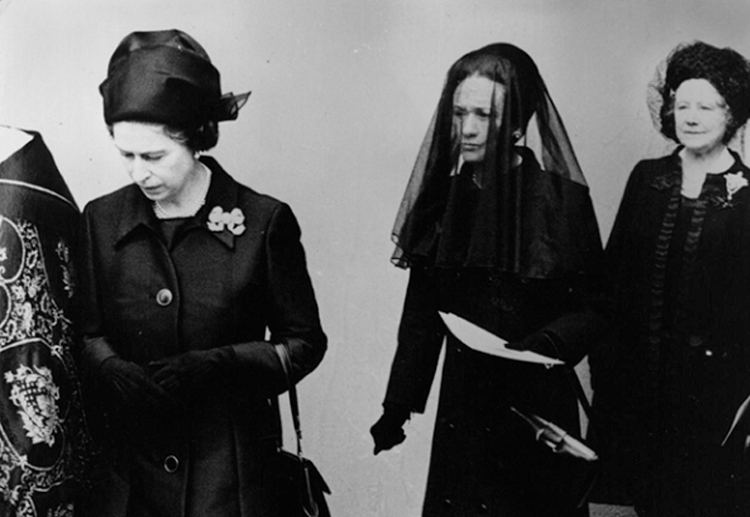
Leaving St. George's Chapel, Windsor, after the funeral service for the Duke of Windsor in June 1972 are Queen Elizabeth II, the Duchess of Windsor, and Queen Elizabeth, The Queen Mother.
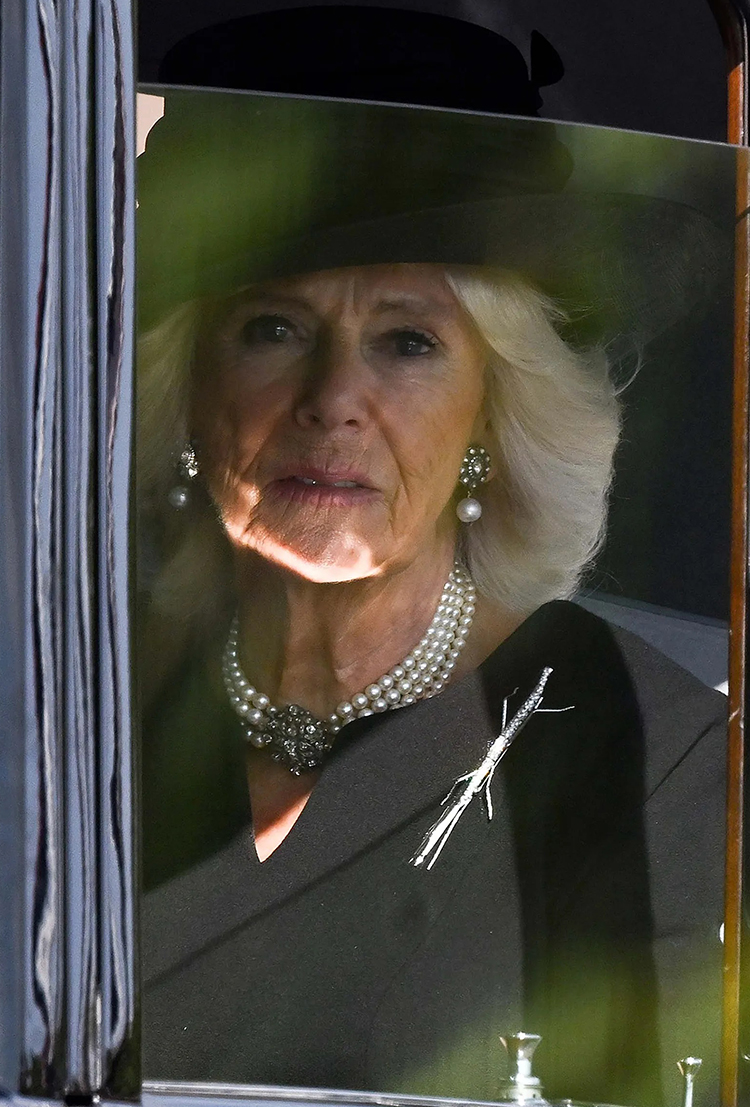
Camilla, Queen Consort of the United Kingdom, adorning pearls during the Queen's funeral

Kate Middleton, Princess of Wales, adorned the Queen's four-strand pearl and diamond necklace for the Queen's burial. Kate already wore the necklace twice before – during the Queen and Prince Phillip's 70th wedding anniversary and eventually to the Prince's burial four years later.
What is the Etiquette for Wearing Pearls?
Pearls are universally adored for their timeless beauty. However, there are specific fashion rules that, if observed, can help you achieve the best looks with your pearls. Here are some of these. Here we will cover the length selection of pearls, advice for daily wear, and the right pearl for your skin tone.
Pick the right Pearl length for each occasion.

You must select the right pearl length for each pearl design and occasion. Below are some tips.
Choker Necklace: This necklace, like the one adorned by the Princess of Wales at her majesty's funeral, should be about 14 to 16 inches long and worn just below the neckline.
Princess-length necklaces: These are the most popular necklace length. They usually range between 17 to 19 inches and shouldn't extend beyond the collarbone.
Matinee: Matinee necklaces range from 22 to 24 inches and are excellent for daytime office use.
Opera: Opera necklaces are at least 30 inches long and are appropriate for more elaborate formal settings.
Rope: Anything longer than 35 inches is OK. Double this length or knot it in the center to lengthen the torso.
Pearl Style Selections for Different Types of Outfits
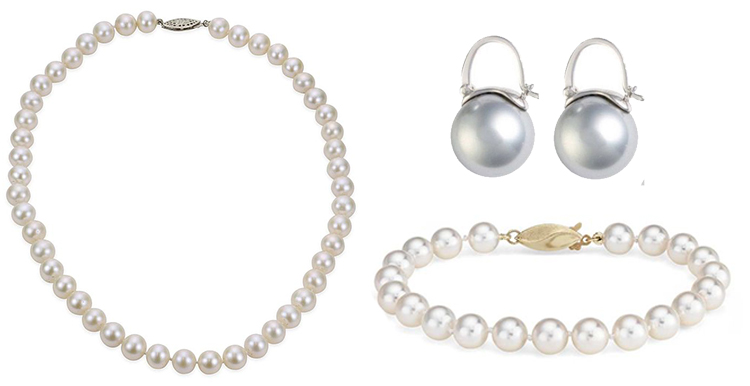
Numerous sizes, colors, shapes, patterns, and styles can make pearl jewelry either suitable for an event or not. Therefore, you need to be fully aware of the perfect pearl to wear on any occasion or time. That said, simple pearl necklaces, earrings, or bracelets can fit in any situation if appropriately matched. Below are some tips:
Daytime wears: Let's assume you're an office worker and your dress code is at least business casual, a more subtle single-strand pearl that circles along your collarbone or a single pearl earring are perfect. However, larger pearls can be more befitting if you're a more sophisticated dresser. During the day, pearls should be more subtle, allowing the rest of your outfit to shine.
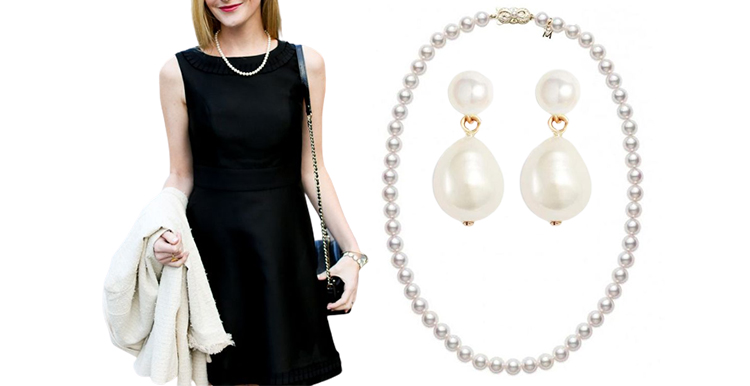
Casual dressing: Even though pearls are not universally accepted as an informal sort of jewelry, informal occasions present an opportunity to adorn a longer or more than the one-strand necklace. Even so, pearl rings, pendants, watches, and bracelets are perfect for your everyday informal dressing.
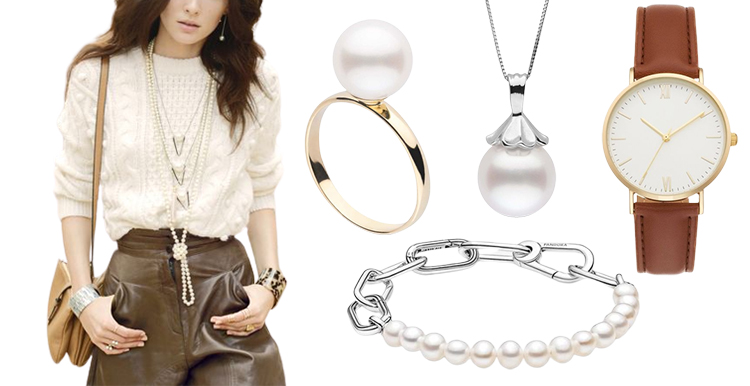
Formal dressing: Formal occasions are the perfect time to showcase your finest jewelry. Pick your larger statement jewelry, multi-stranded necklaces, elaborate earrings, and rings. Just ensure you properly blend your jewelry with an understated outfit to let them shine.
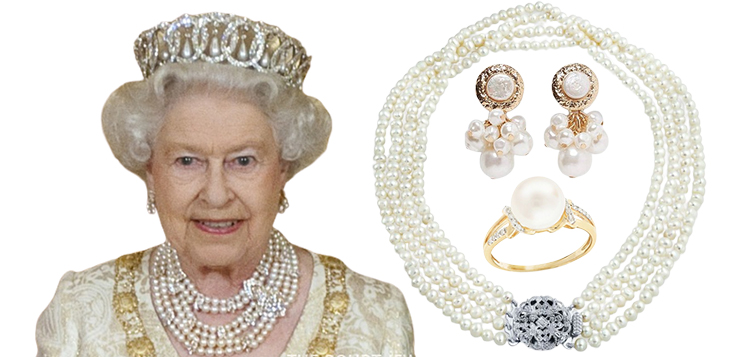
Evening events: Evening events are usually the perfect way to end a good day or attend various events like reunions, comedy shows, banquets, etc. In short, you have to look your best. You can wear ornate pearl necklaces, earrings, and bracelets together at night. Choose extravagant dangling earrings if you wear your hair up. Choose a pearl necklace and bracelet combo if your evening wear is sleeveless. When combined with an evening gown, ornate pearls give an exquisite look.

With Other Gemstones: Unless you wear a dark or bright yellow color, pearls work well as a base. As a result, gemstones with intense colors, such as rubies or sapphires, stand out against this backdrop simultaneously if you combine many.
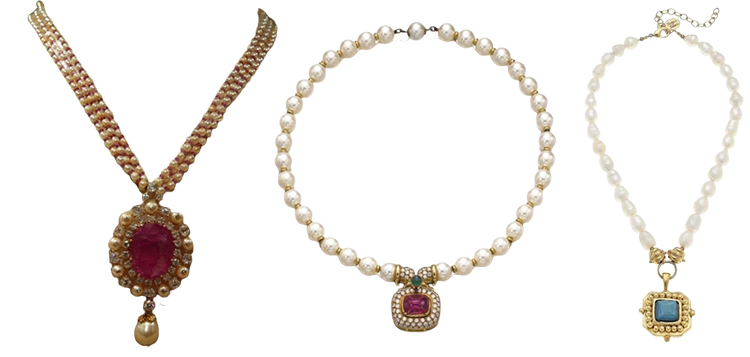
Pick the perfect color for your body type and skin tone.
Whatever style, shape, or size of pearl you want to adorn, selecting the perfect shade to match your skin tone is crucial in all fashion senses. The shades you pick for your jewelry should be based on what works best for your skin color. Fortunately, when selecting the suitable pearls for your collection, the basic principle is light skin tones fit well with pastel shades, whereas darker skin tones fit perfectly with cream or golden shades. Meanwhile, white colored pearls match any skin tone and can bring an elegant and modern look to any dress.

Next is your body type. A choker pearl necklace, for instance, fits best with tall and slender ladies. At the same time, ladies with bigger body sizes can go for more extensive and longer pearl jewelry to create a more slim physique. However, the princess-length Pearl necklace, averaging 17 to 19 inches, fits perfectly with any body type and neckline.
Bonus tips
Ensure you regularly mix your pearls with other gemstones to create combinations that might fit you better. Pearls fit perfectly with diamonds, gold, and rubies. So, reach deep into your sense of innovation and use these possible combinations to create your signature look. Some tips include wrapping around your pearl necklace on your hands to act as a bracelet or attaching a ruby pendant to your single-strand chain etc.


Leave a Comment